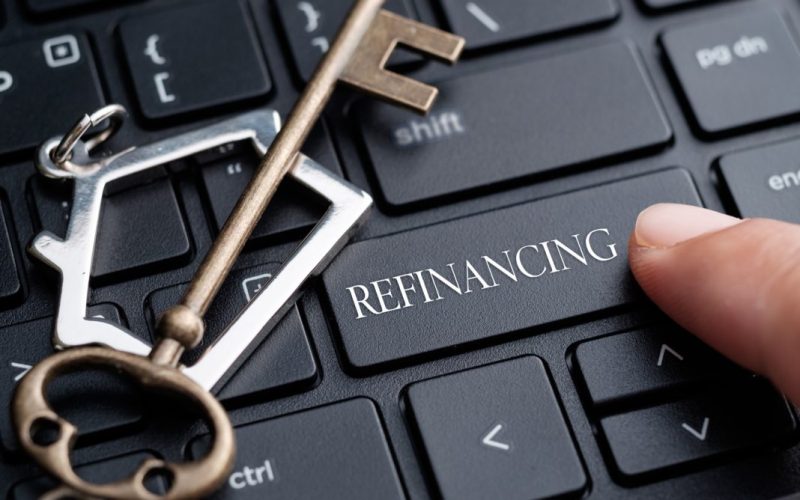The interest rates applicable to different kinds of loans worldwide drifted downwards during the pandemic as central banks were forced to reduce their benchmark rates to keep their domestic economies afloat.
In the United States, for example, the average interest rate applicable to 30-year mortgages declined from 3.74% at the beginning of February 2020 to 2.92% by the end of August 2021, while the average APR for new credit cards fell by around 100 and 150 basis points, according to data from NerdWallet. In the following article, we’ll discuss why taking a refinance loan is an intelligent choice in today’s low-interest-rate environment and how you can apply for one.
What Does It Mean to Refinance a Loan?
This means changing the terms and conditions of an existing financial commitment. It is done for multiple reasons, including a change in the borrower’s economic conditions that may have affected their payment capacity or an overall decrease in interest rates that may justify a revision of the current terms of the agreement.
For existing arrangements, it is possible to make changes as some of the following:
- Extending the repayment period.
- Modifying the current interest rate.
- Changing the type of interest rate from variable to fixed and vice versa.
Moreover, in some specific cases, borrowers may also decide to consolidate their debt into one single instrument, which often leads to the refinancing of such loans.
Why and When Is It a Good Idea to Refinance?
Refinancing a loan can be a good idea as long as the conditions of the new agreement are favorable for the borrower.
The first variable to take into account is the cost of refinancing. This involves estimating the impact that transaction and closing fees may have on the loan’s Annual Percentage Rate (APR) while also assessing if a hard inquiry of the borrower’s credit report might have any kind of negative effect on their credit score.
Moreover, should also be assessed the new interest rate applicable to the loan and the repayment period. In most cases, a lengthier repayment period is offered as part of a refinance loan, but this would also involve extended – and usually higher – interest payments.
As a rule of thumb, refinancing a loan is a good idea as long as the proposed terms of the new arrangement make financial sense. This means that the borrower will either end up saving money or reducing the size of the loan’s monthly installments based on his current payment capacity.
Pros and Cons of Refinancing a Loan
Pros
- Can be reduced interest rates and APRs.
- Monthly installments can be renegotiated.
- Borrowers can extend repayment periods.
Cons
- Transaction and closing fees can be high in some cases.
- A hard inquiry may affect the borrower’s credit score.
How Can I Apply to Refinance a Loan?
Depending on who the lender is, the process to apply for refinancing might vary. Some lenders will require that the borrower goes to one of their physical branches to evaluate the possibility and negotiate the loan terms.
Other companies like Camino Financial may allow you to do this online in a few minutes by going to their website to complete the process.
The variables that may affect the odds of getting approved for refinancing an existing commitment include the borrower’s current credit situation, employment status, income, assets, and payment capacity.
Bottom Line
Now that you know how these loans work consider the possibility of refinancing one or more of your existing financial commitments. You can receive a lot of financial services from Camino Financial in a matter of minutes as you complete the online application process.






